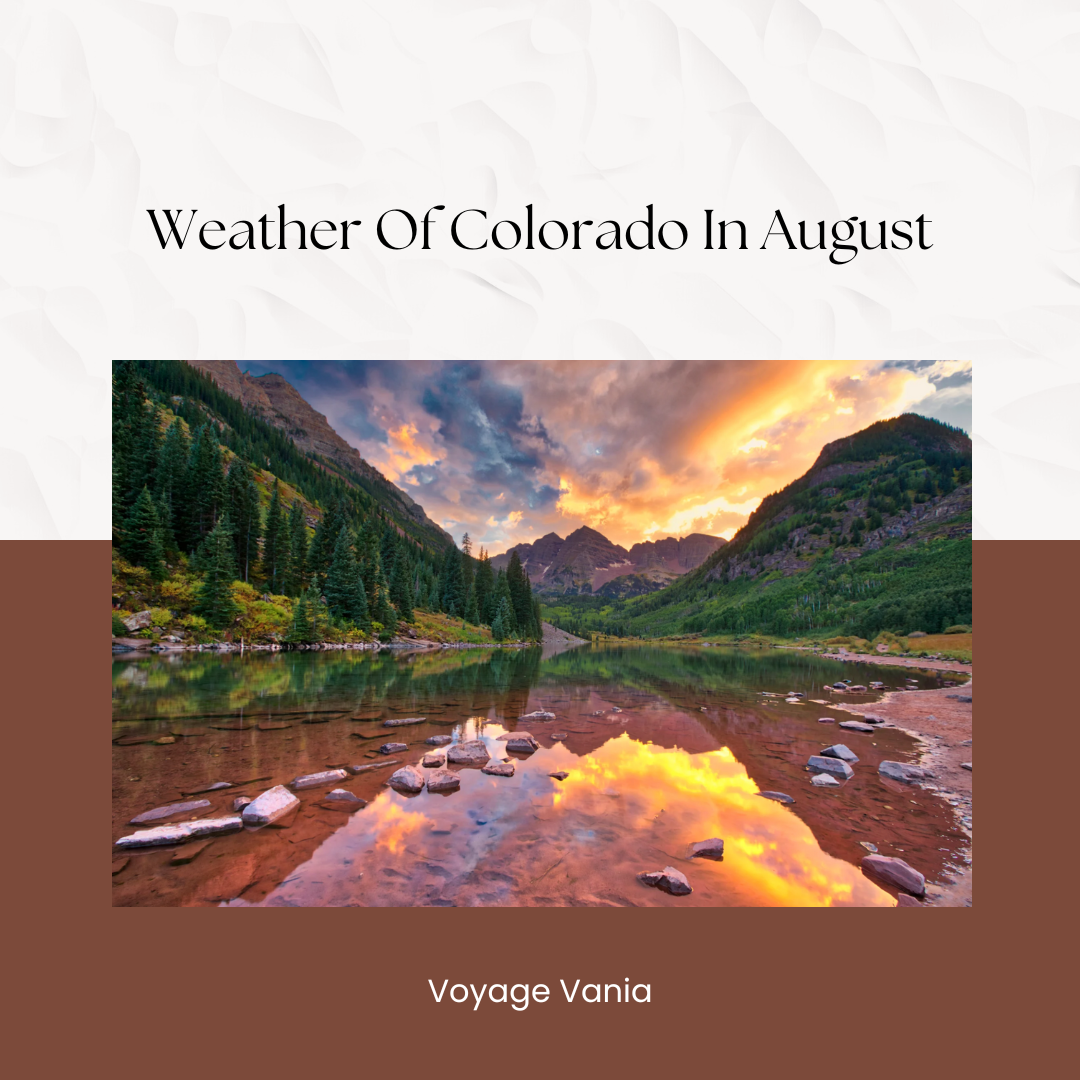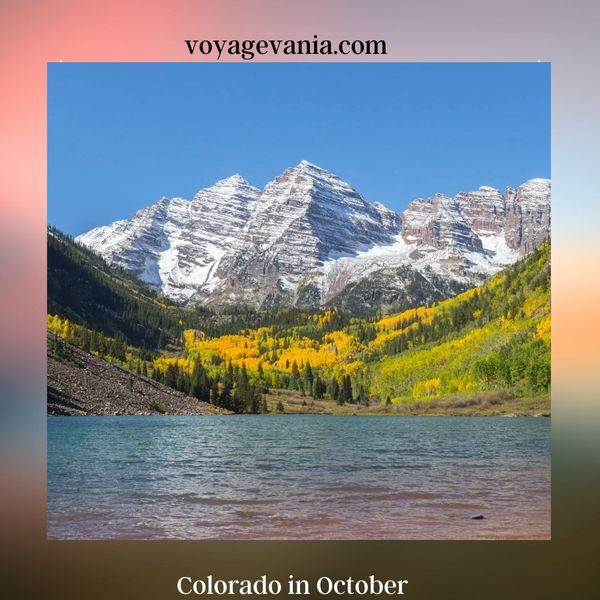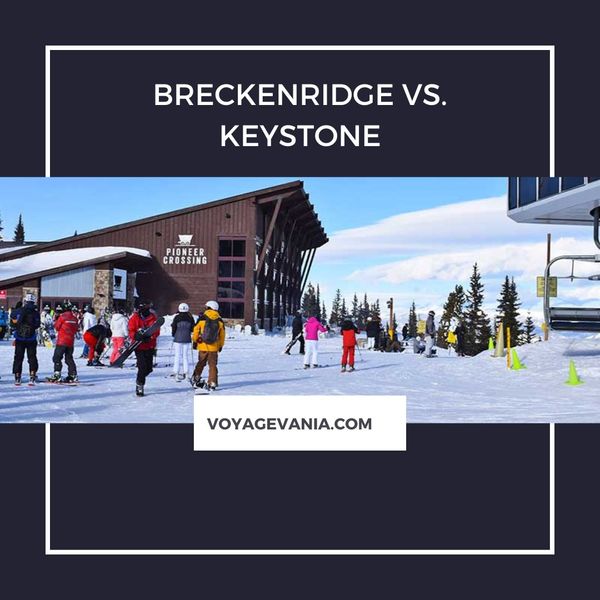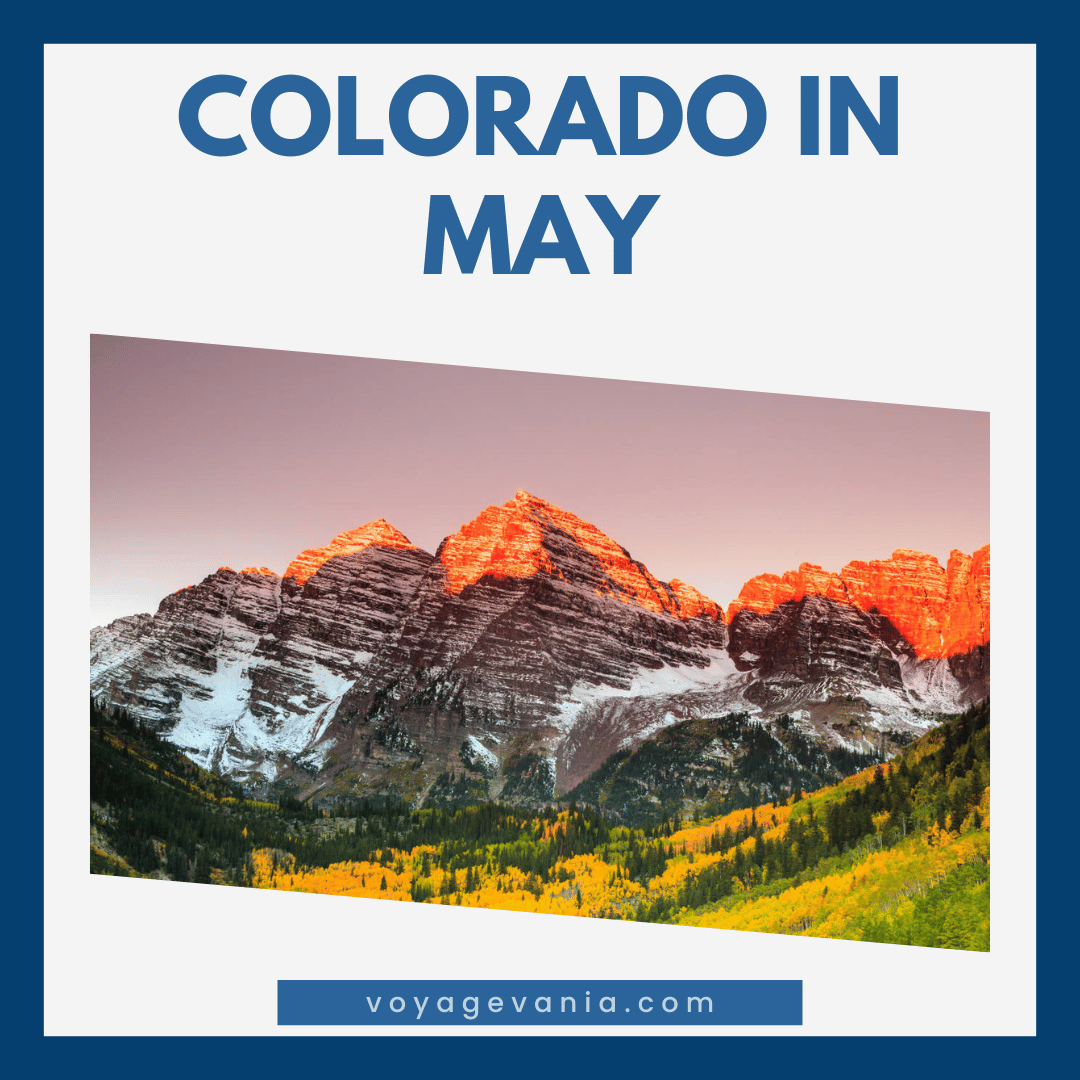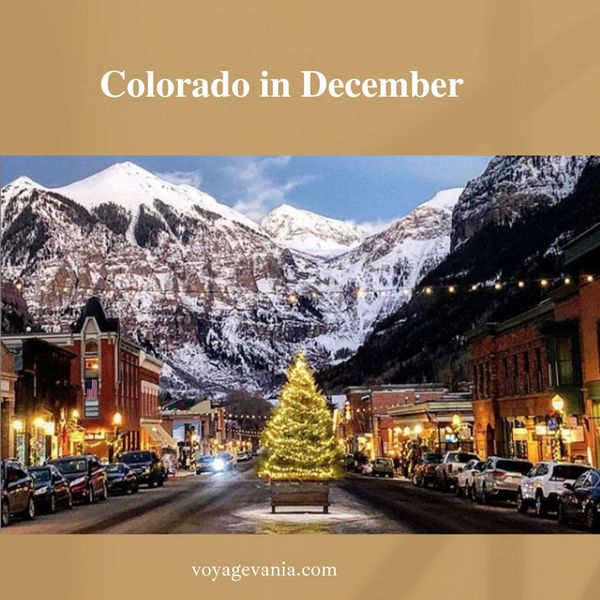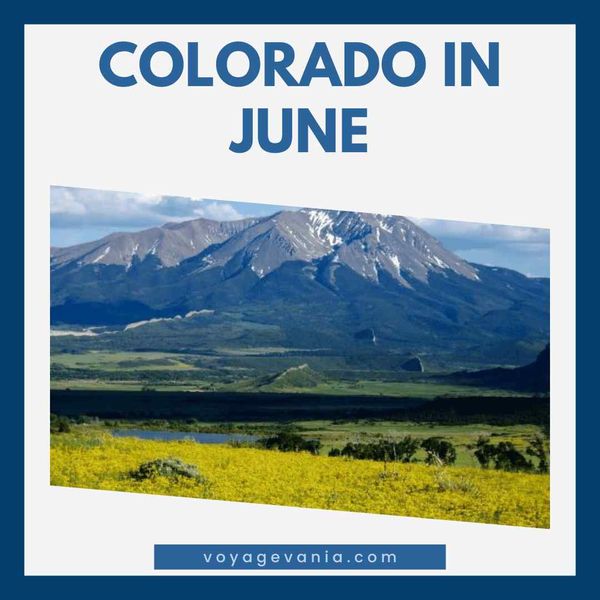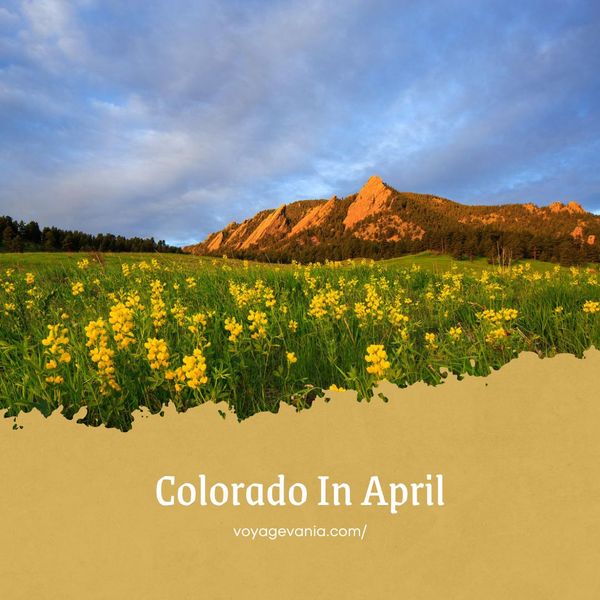This guide will provide you with everything you need to know about the weather in Colorado in August.
The weather in Colorado is entirely different here in August from March. Within 3 months
Colorado
The climate of Colorado is largely defined by its mountainous terrain, which affects weather patterns, and its relatively dry climate. The Rocky Mountains make up a significant part of the state's geography, with 14 peaks over, the most famous among them being Mount Elbert (14,433 feet), Colorado's highest peak.
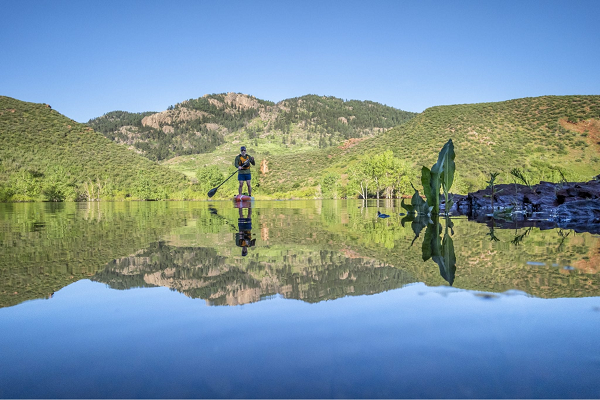
Colorado In August
The Continental Divide splits the main body of the Rockies into two ranges: the Southern Rocky Mountains and the Northern Rocky Mountains. The former occupies the southwestern corner of the state, while the latter range runs north-south along the western edge of the state. A small portion of the northern end of this range extends into neighboring Wyoming. The Colorado River rises from its headwaters in Lake Granby near Grand Lake. It flows through Glenwood Springs to Pueblo before being turned eastward at DeBeque Canyon and meeting Kansas at Kansas City.
Colorado has three major climatic regions: highlands, montane (mountain), and desert.
Weather
If you're planning a trip to Colorado in August, here's what you need to know about the weather there.
Temperature
The average daily high-temperature decreases by 3°F, from 83°F to 79°F, rarely falling below 70°F or exceeding 90°F. The average low-temperature decreases by 4°F, from 58°F to 54°F, rarely falling below 48°F or exceeding 64°F.
Transitional Month
August is considered a transitional month for Colorado's weather, with temperatures varying from 60 degrees Fahrenheit at night to 90 degrees during the day.
Thunderstorms
In August, it's not uncommon for thunderstorms and hail to occur at any time of day or night; however, they usually occur during the afternoon hours of 2 pm and 6 pm.
Best Time
The best times of day to visit are early morning or late afternoon; however, it can still be sunny during these times as well. It's also important to remember that monsoon season runs from June until September—so if you're planning on visiting during this time frame, make sure you have an umbrella handy.
Precipitation
In Colorado Springs, precipitation is measured in inches rather than millimeters or centimeters because of its mountainous location. An inch of liquid would equal 0.04 inches of liquid-equivalent precipitation if it fell as rain or melted snow on flat ground without obstructions like trees or buildings nearby.
For example, if there were 0.04 inches of liquid-equivalent precipitation that fell on a tree branch with no obstructions, it would be considered an inch of liquid precipitation because it fell from a cloud onto an object on flat ground without any obstructions like buildings or hills.
The chance of a wet day throughout August rapidly decreases, starting the month at 36% and ending at 23%. The average precipitation for this period is 0.29 inches.
Precipitation Type
The most common types of precipitation in Colorado Springs are rain and snow. In August, the most likely type of precipitation on any given day is rain (59%), followed by snow (36%). Over the month, there is an increasing chance of rain, from only 33% in the first two weeks to 59% in the last two weeks. The chance of snow declines throughout August, from 66% in the first two weeks to 35% by the end of the month.
Humidity
Humidity rises from a low of 65% in early March to a high of 73% in late April. Humidity levels are moderate throughout the year, with an average humidity of 69%. However, humidity levels are at their highest during July, reaching an average of 78%.
Wind Speed
Wind speed increases from a low of 2 mph to a high of 11 mph throughout April. Wind speed peaks during June when wind speeds reach an average high of 15 mph. Wind speed typically peaks between 5 pm and 6 pm, with an average peak wind speed between 9 pm and 10 pm.
Average Temperature
The average high temperature for Colorado Springs during August is 72°F (22°C). The average low temperature for Colorado Springs during August is 52°F (11°C). The highest recorded temperature in Colorado Springs was 95°F (35°C) on August 8th, while the lowest recorded temperature was 41°F (5°C) on August 16th.
Rain
The weather in Colorado Springs is generally dry and sunny, with little precipitation. The average amount of rain for the entire month of August is only 0.59 inches. The chance of a wet day throughout August rapidly decreases, starting the month at 36% and ending at 23%.
First Freeze
The first freeze occurs around September 15th, but it is not until mid-October before frost becomes a regular occurrence each morning.
Events
It's summertime in Colorado, so there is no shortage of events to participate in and enjoy the trip. Whether you're looking for a day trip, a weekend getaway, or something more long-term, there are plenty of options.
Denver Comic Con
The Denver Comic Con is an annual event that brings together comic book enthusiasts worldwide. These events will feature appearances by actors from some of your favorite TV shows and movies, including Star Wars: The Force Awakens, The Walking Dead, and Stranger Things.
Rocky Mountain Winefest
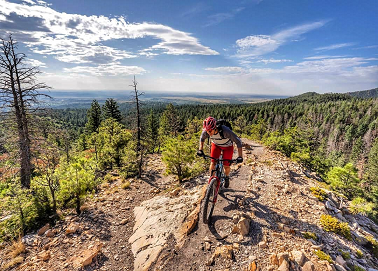
A WEEK IN COLORADO - (THINGS TO DO IN SUMMER)
Wrapping Up
If you're looking to get away from the heat of summer and enjoy some of the best scenery Colorado offers, August is the perfect time to visit.
The weather will be cool, with temperatures in the 60s during the day and a little cooler at night. You'll still want to pack your swimsuit, as there's no better way to relax after a long day than floating in Colorado's many lakes or rivers.
Bring sunscreen if you're planning on hiking or biking—the sun will still be warm enough to burn! But don't worry about getting too much sun: make sure you have plenty of water when you head out into nature.


